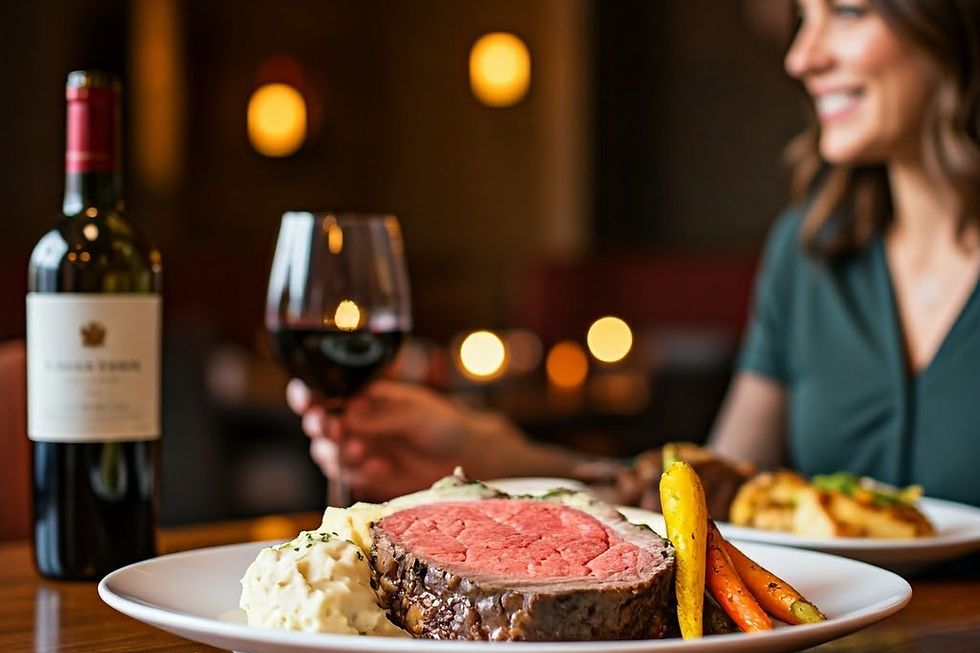Around The World In 80 Condiments
- Alex Luzon
- Sep 14, 2024
- 5 min read
Updated: Oct 4, 2024
17. Sambal - Made from more or less chili peppers, garlic, ginger, shallots, lime juice, tomatoes, palm sugar, lemongrass, and shrimp paste, Sambal is a spicy paste that originates from Indonesia. Specifically, it has Javanese origins and is not only used in Indonesia but also by its neighboring Southeast Asian countries such as Singapore and Malaysia. The chilis used to create this paste are mostly bird’s eye or cayenne pepper or sometimes a mix of both. Traditionally, some of the ingredients are ground together in a stone pestle and mortar. Although it can be made in advance and stored, you can also make it fresh right before you want to serve it. It’s usually served on the side of a dish whether with rice, meat, or vegetables and it definitely adds heat! Watch out and start with a small amount especially if you have a low tolerance for spice.
18. Aioli - Made with garlic and olive oil, what’s not to love? Aioli can be paired with pretty much anything, from something to dip your french fries and other fried or golden favorites into to adding it to pasta, sandwiches, tacos, or even soup. Aioli doesn’t seem to have any bounds, use it on everything if you want to. You can quite easily purchase a jar of it or make it yourself since the ingredients are probably already sitting in your pantry or kitchen cupboard right now. Some variations of aioli use egg yolks to help emulsify the mixture, however, you can just use garlic, olive oil, and a dash of salt to taste. You’ll often find this sauce next to Mediterranean dishes as well as French dishes too.
19. Tahini - Often used in the Middle East, tahini sometimes also called tahini is a kind of paste that is made from ground sesame. It can be used as a sauce, dip, or spread and has a slightly bitter but earthy flavor. Although it may look like peanut butter it is very much on the savory side compared to sweet nut butters. Tahini is made by separating the sesame kernels from the bran. These seeds are crushed and then placed in water which allows them to separate since the bran sinks while the kernels float. The kernels are then skimmed and toasted, and then ground into a paste. It can sometimes be expensive if store-bought, however, if you are able to make your own at home you can use it to create salad dressing, dip your veggies into it, or simply spread it on a piece of toast.
Want to read more?
Subscribe to discoveringhospitality.com to keep reading this exclusive post.



